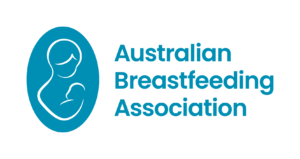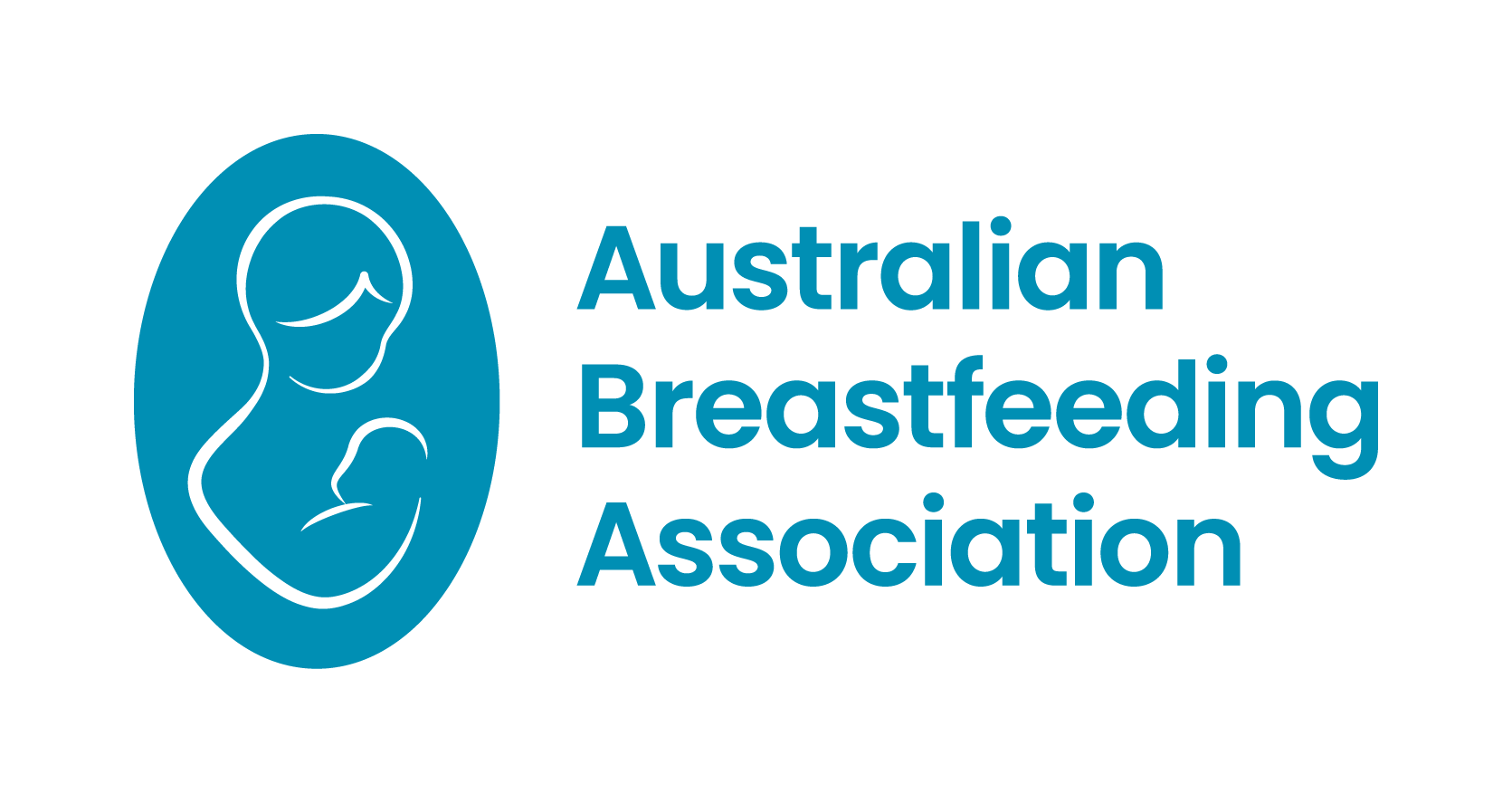Providing breastfeeding support during the COVID-19 pandemic: Concerns of mothers who contacted the Australian Breastfeeding Association
ABA Research published online ‘pre-print’. Concerns of mothers seeking [...]
ABA Research published online ‘pre-print’. Concerns of mothers seeking [...]
This frequently asked questions (FAQ) document aims to provide health workers with information on their specific roles and responsibilities in protecting breastfeeding practices against the inappropriate promotion of breastmilk substitutes by manufacturers and distributors.
A new report by WHO, UNICEF, and the International Baby Food Action Network (IBFAN) reveals that despite efforts to stop the harmful promotion of breast-milk substitutes, countries are still falling short in protecting parents from misleading information.
A new report by WHO, UNICEF, and the International Baby Food Action Network (IBFAN) reveals that despite efforts to stop the harmful promotion of breast-milk substitutes, countries are still falling short in protecting parents from misleading information.
The World Health Organisation (WHO) has provided detailed guidance on the care of infants of women who are a person under investigation (PUI) or confirmed to have COVID‐19, which supports immediate postpartum mother‐infant contact and breastfeeding with appropriate respiratory precautions. Although many countries have followed WHO guidance, others have implemented infection prevention and control policies (IPC) that impose varying levels of postpartum separation and discourage or prohibit breastfeeding or provision of expressed breastmilk.
A Royal Commission into National Natural Disaster Arrangements is being held as a review of the management of the bushfire emergency over the last summer. ABA has submitted feedback regarding planning and preparation around the care of infants and young children in emergencies.
A Royal Commission into National Natural Disaster Arrangements is being held as a review of the management of the bushfire emergency over the last summer. ABA has submitted feedback regarding planning and preparation around the care of infants and young children in emergencies.
Nipple shields come in different sizes. It is important for them to be fitted to suit the size of individual mothers’ nipples, otherwise milk flow can be impeded and they can cause nipple damage. Nipple shields must be put on the breast correctly to optimise milk removal and comfort. It is therefore important to observe a breastfeed when a mother begins using a nipple shield to ensure the infant is able to remove milk well and the mother’s comfort is maintained. In most cases, use of a nipple shield is temporary. Some mothers find they only need to use the nipple shield in the early days while their infant is learning to breastfeed.
Physical distancing measures are limiting opportunities to weigh babies. This short video outlines ways to assess infant intake without weighing. Using these techniques will allow those working with mothers and babies to provide an assessment utilising telehealth and flag the mothers and babies that need face to face contact.
Breastfeeding Basics has been created to educate families about the early days and weeks of breastfeeding and includes feeding cues, positioning and attachment, how to tell if the baby is feeding effectively. Contents Breastfeeding: Getting started (0:06) Chapter 1: Starting out (0:32) Chapter 2: Getting closer (1:55) Chapter 3: What to expect (3:55) Chapter 4: Feeding cues (5:04) Chapter 5: Making feeding comfortable for you and baby (6:03) Baby-led attachment (6:52) Mother-led attachment (7:39) Chapter 6: How do I know if baby is getting enough? (10:58) Hand expressing (12:02) Reverse pressure softening (12:13) Chapter 7: Help and encouragement (12:30)
Terms of service
Contact ABA
Need help now?
Call our Breastfeeding Helpline

Acknowledgement of Country
The Australian Breastfeeding Association acknowledges the Traditional Owners of the lands known as Australia. We wish to pay our respects to their Elders past and present and acknowledge Aboriginal and Torres Strait Islander women who have breastfed their babies on Country for more than 60,000 years, and the partners, families and communities who support them.
ABN: 64005081523
The Australian Breastfeeding Association is a Registered Training Organisation
(RTO 21659) and receives funding from the Australian Government.
Quality Indicator Survey Results.
Copyright © Australian Breastfeeding Association | ABA receives funding from the Australian Government

